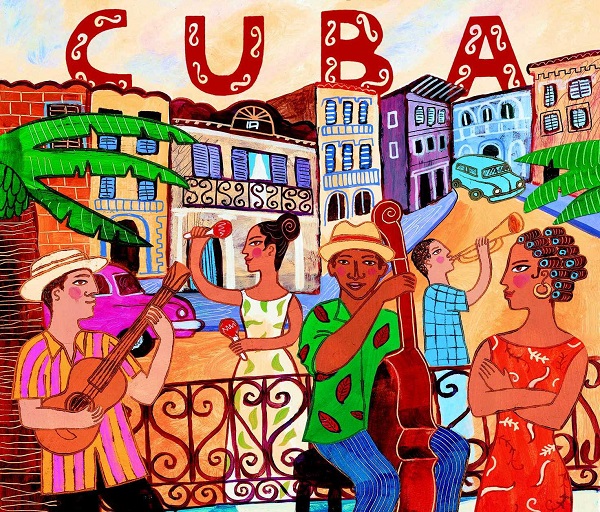8.2 Main musical genres of the 19th century (1868-1900).

At the end of the 19th century, popular rhythms and dances marched together. The orchestras of Rafael Robinson, José de la Caridad Mancebo, and others performed not only contradanzas but also compositions with a festive origin. Little by little, Cuban popular music consolidated itself through the emerging genres.
In the 1970s, the Contradanza and the Danza began to disappear, with the rise of other square dances such as the cuadrillas and the lanceros, on the one hand, and the rise of the danzón, derived from the dance, on the other, at the beginning of the last quarter of the century. Among the most important musical dance genres, the Danzón is the result of one aspect of the entire creolization process that began with the Cuban Contradanza and Danza. This evolution continued throughout the subsequent 20th century and gave rise to its enrichment and the emergence of other genres. Along with these, the danzón established a strong tradition that, transcending the time limits of that period, has survived to this day.
“…The fact is that, since the mid-nineteenth century, Cuban musical culture had defined its profiles and was oriented towards the establishment of its own forms and contents of expression in the three major areas of musical culture: folkloric, so-called cultured or academic, and professional popular. This process is permeated with contradictions and antagonisms, because although, for example, the danzón, an indigenous genre made up of basic and subtle transculturations, was at the beginning of the twentieth century a musical-dance expression cultivated mainly in appearance by the nation’s white middle classes, in the second half of the nineteenth century it had been the music of the marginalized but free classes in the cities, cultivated mainly by mulattoes and blacks with unknown and minority participation of white Spaniards and Creoles.”1
1 Lecture by musicologist Jesús Gómez Cairo, vice president of the Cuban Institute of Music and director of the National Museum of Music (Obrapía No. 502, Old Havana), at the closing ceremony of the Cubadisco 2010 Symposium, on the occasion of the World Day for Cultural Diversity for Dialogue and Development. Casa de las Américas (3rd and G Streets, Vedado, Havana, Cuba), May 21, 2010.








